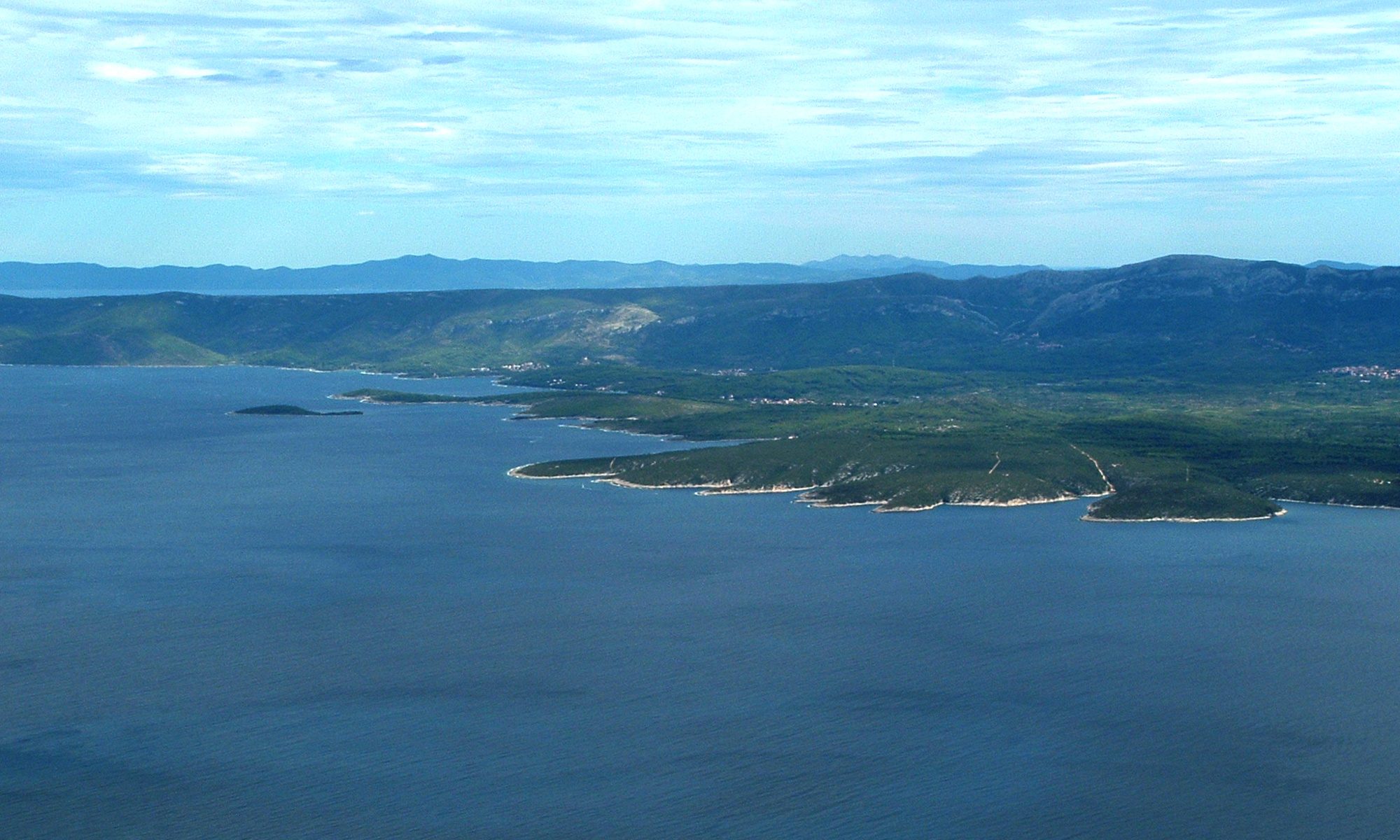Possibilities of mapping and spatial analysis of hilly and mountainous areas of the island of Hvar through elective high school teaching
Antonio Morić-Španić | High School Hvar, Croatia
Key words: island of Hvar, GIS, elective teaching, digital analysis of reliefs, mapping
The co-operation of educational and development institutions and community stakeholders can serve as a basic foundation for the sustainable development by educating students to solve key spatial problems. By introducing the elective course “Geoinformatics in Geography”, co-financed by the European Social Fund, Hvar High School has focused on 21st century educational practices, giving emphasis to information and communication technologies as important teaching aids. The course curriculum defined the educational outcomes, including course content that covers geological and island relief characteristics and using GIS technology. Considering that Hvar island is predominantly mountainous, apart from the Stari Grad Plain, students are compelled to learn more about the relief features of their home island, to identify the fundamental processes and the forces that have shaped and still shape it, and to consider how topography influences various spatial phenomena. The students are also introduced to other relief-related concepts, including the spatial analysis of basic geostratigraphic units, hypsometry features, inclination, and exposure of mountainous island zones. In addition to digital analysis of karst topography, field training is conducted to collect spatial data for the purpose of developing hiking trails on Hvar island, with the aim of promoting preservation of natural island resources and supporting rural tourism.
